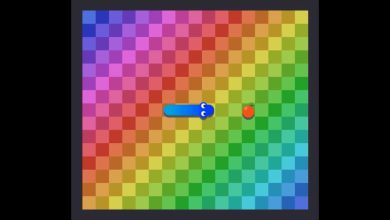How can I access and process nested objects, arrays, or JSON in Javascript?
Accessing and Processing Nested Objects, Arrays, and JSON in Javascript
Javascript is a great tool for working with nested objects, arrays, and JSON. In this article, we will look at how you can use the three most popular methods – dot notation, square bracket notation, and the JSON.parse() method – to access and process these collections.
Dot Notation
Dot notation is the most commonly used method when accessing a nested object, array, or JSON. It uses the ‘dot’ character (‘.’) and a property name to select a property in an object. It is simple to implement and convenient to use since it is shorter than other methods. For example, to access the object nested inside the ‘users’ array, we would use the following notation:
users.object
Square Bracket Notation
Square bracket notation is the second most popular method for accessing nested objects, arrays, and JSON. It uses an expression or a variable inside square brackets (‘[]’) to select a property in an object. It is not as commonly used as dot notation, but it is useful for accessing properties with a dash in the name or spaces in the name. For example, to access the object nested inside the ‘users’ array, we would use the following notation:
users[“object”]
JSON.parse() Method
The JSON.parse() method is used to parse a JSON string into an array or object. This method is very useful when you need to access an nested array or object within a JSON string. To parse a JSON string, you first need to call the JSON.parse() method and then access the desired property in the array or object. For example, to parse the JSON string and access the object nested inside the ‘users’ array, we would use the following notation:
let parsedObject = JSON.parse(user); parsedObject.users[0].object
Conclusion
In conclusion, the three most popular methods for accessing and processing nested objects, arrays, and JSON in Javascript are dot notation, square bracket notation, and the JSON.parse() method. Each method has its own advantages and disadvantages, so be sure to choose the method that best suits your needs.



